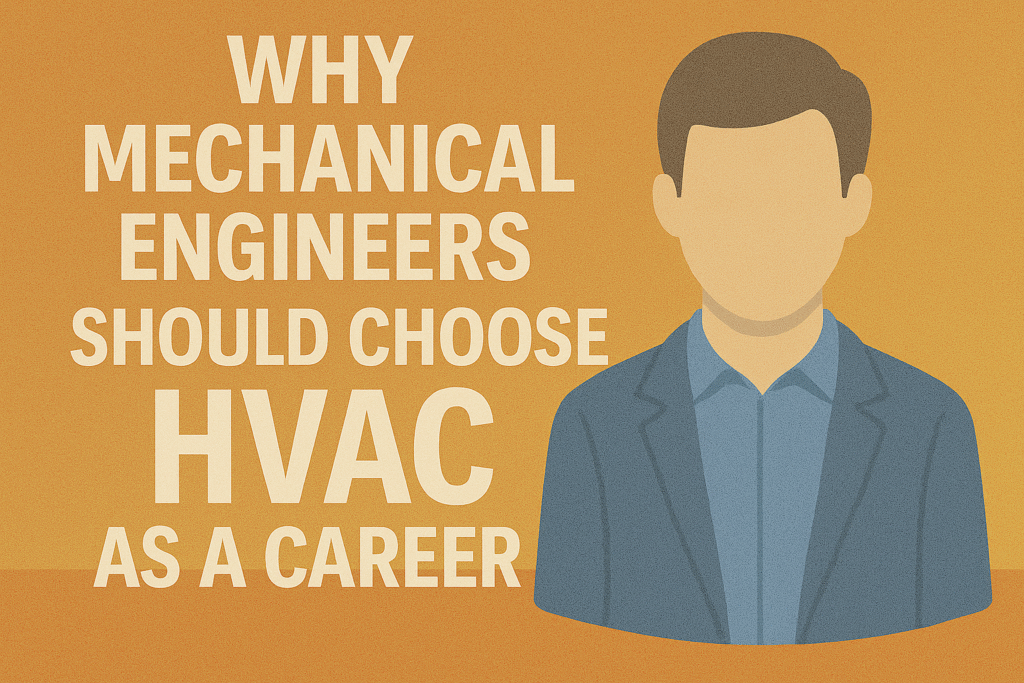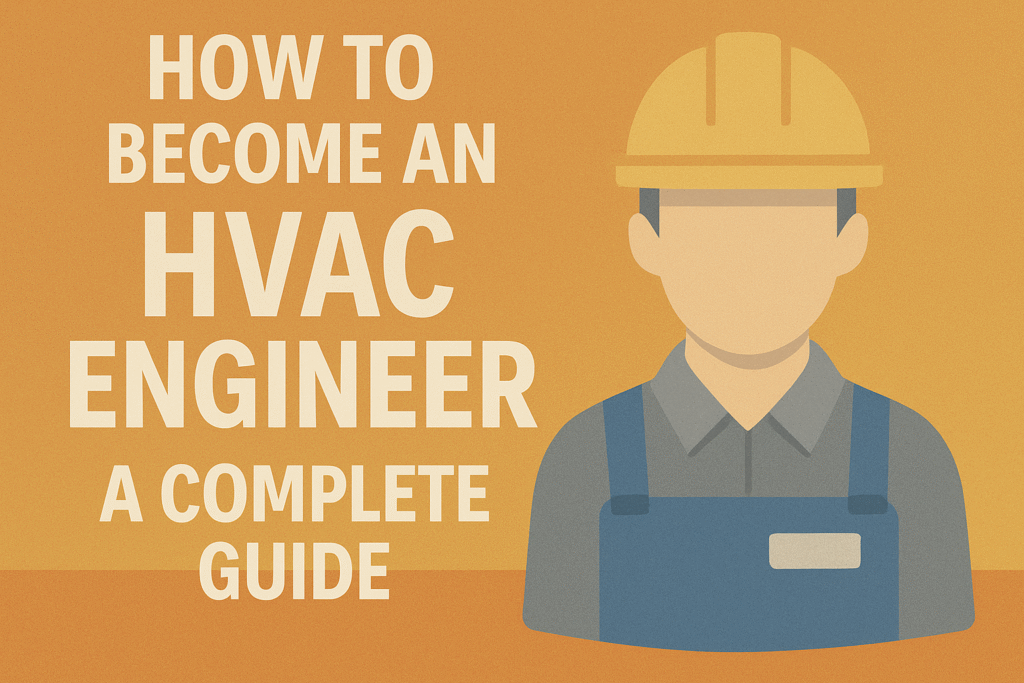The HVAC industry is on the brink of one of its most significant environmental and regulatory transformations in decades. The phase-out of R-410A, a hydrofluorocarbon (HFC) refrigerant commonly used in residential and commercial HVAC systems, is no longer a possibility on the horizon—it’s a reality unfolding. By 2025–2026, R-410A will begin to be systematically replaced in the U.S. and beyond, driven by environmental mandates and the urgent need to reduce global warming impacts.
This shift is not just a technical update; it’s a recalibration of industry standards, environmental responsibility, and long-term consumer strategy. Whether you’re a homeowner, contractor, property manager, or HVAC professional, understanding this transition is vital.,
The Environmental Imperative: Why R-410A Had to Go
R-410A was introduced in the early 2000s as an alternative to R-22, which was phased out due to its ozone-depleting effects. Although R-410A does not harm the ozone layer, it has a Global Warming Potential (GWP) of 2,088, according to the Intergovernmental Panel on Climate Change (IPCC). This means it traps over 2,000 times more heat in the atmosphere than carbon dioxide over a 100-year period.
Climate scientists and regulators argue that high-GWP refrigerants are no longer sustainable in a world facing accelerating climate change. Under the American Innovation and Manufacturing (AIM) Act of 2020, the U.S. Environmental Protection Agency (EPA) aims to reduce HFC production and consumption by 85% by 2036, starting with a 40% cut by 2024. R-410A is squarely in the crosshairs of this legislation.
Other countries participating in the Kigali Amendment to the Montreal Protocol are taking similar actions. This global agreement seeks to phase down the use of high-GWP HFCs and is widely considered one of the most effective climate strategies available.
Key Milestones: How and When the Phase-Out Will Happen
The R-410A phase-out won’t happen overnight, but the timeline is already locked into motion:
- 2023–2024: The EPA imposed quotas on HFC production and import under the AIM Act, prompting manufacturers to begin redesigning equipment.
- 2025: The manufacture of new residential and light commercial HVAC systems using R-410A will be phased out in favor of systems using lower-GWP alternatives.
- 2026 onward: R-410A availability will drop significantly, affecting servicing costs and long-term maintenance options.
Notably, existing systems that use R-410A can still be legally serviced, but finding affordable refrigerant supplies will become increasingly difficult. This could push more homeowners and businesses toward full system replacements sooner than expected.
The Next Generation of Refrigerants: R-32 and R-454B
HVAC manufacturers have largely coalesced around two main low-GWP refrigerants to replace R-410A: R-32 and R-454B.
- R-32 has a GWP of 675, making it about 70% less harmful to the climate than R-410A. It’s already in wide use globally and is praised for its high energy efficiency and lower charge volume.
- R-454B has an even lower GWP of 466, positioning it as one of the most climate-friendly options available. Major OEMs like Carrier (with its Puron Advance systems) and Trane are already committed to using R-454B.
Both alternatives fall into the A2L safety classification, meaning they are mildly flammable. This introduces new safety protocols, building code updates, and training requirements for technicians.
Real-World Impacts for Homeowners and Building Managers
The phase-out of R-410A is more than just a manufacturer concern—it directly affects property owners, facility managers, and everyday consumers.
If you’re a homeowner installing a new HVAC system between now and 2026, it’s essential to know what refrigerant it uses. Systems built around R-410A may become obsolete in terms of cost and serviceability. While these systems will still operate, the rising cost of R-410A (due to reduced supply) could make routine maintenance far more expensive.
Conversely, systems using R-32 or R-454B may qualify for utility rebates, energy-efficiency tax credits, and green building certifications due to their lower environmental impact. These financial incentives make early adoption more attractive.
What HVAC Professionals Need to Know and Do
Technicians, contractors, and service providers are at the frontline of this transition and must be proactive to remain competitive and compliant.
- Training: Handling mildly flammable A2L refrigerants requires specialized knowledge. Certifications such as EPA Section 608 may be updated to reflect new best practices. Additional coursework from NATE, HVAC Excellence, and AHRI will become increasingly essential.
- Tool Upgrades: Recovery machines, leak detectors, and gauges designed for A2L refrigerants may differ from standard R-410A tools. Investing in the right equipment now can prevent safety violations and service delays later.
- Customer Education: Helping clients understand their options—and the long-term advantages of low-GWP refrigerants—can be a value-added service that builds trust and drives referrals.
The Economic Ripple Effect
This phase-out will have a cascading economic impact:
- Higher servicing costs for R-410A systems due to limited refrigerant availability
- Increased demand for new system installations using R-32 and R-454B
- Growth in training programs and certification services
- Stronger push for domestic manufacturing of environmentally compliant HVAC components
While there are costs involved in this transition, the long-term payoff includes greater energy efficiency, lower greenhouse gas emissions, and alignment with future regulations that are likely to become stricter.
What Should You Do Right Now?
For HVAC Contractors and Technicians:
- Begin certification for A2L refrigerant handling
- Update safety protocols and educate your team
- Communicate clearly with customers about their options
For Homeowners and Property Managers:
- If replacing or upgrading, opt for a system using R-32 or R-454B
- Ask your HVAC provider about long-term servicing costs and refrigerant availability
- Look into incentives for upgrading to environmentally friendly systems
Conclusion: A Turning Point for the HVAC Industry
The R-410A phase-out represents a watershed moment in the HVAC sector. It reflects a global commitment to sustainable development and climate resilience. While the transition is complex and requires thoughtful planning, it also opens the door to cleaner, more efficient, and forward-compatible technologies.
By understanding the “why” and “how” behind the change, both consumers and professionals can make smarter decisions that not only meet immediate needs but also serve long-term environmental and economic goals.
Whether you’re maintaining a high-rise in Manhattan or upgrading your home in Phoenix, the shift away from R-410A is a sign of the times—and a chance to be on the right side of environmental progress.


